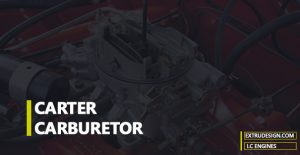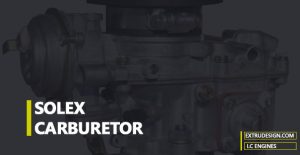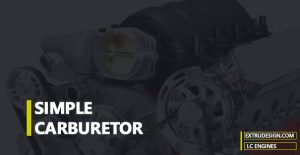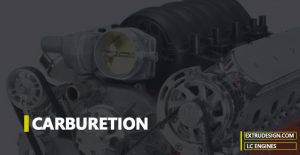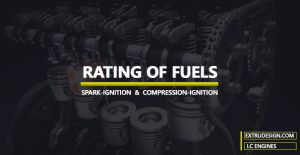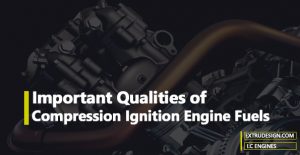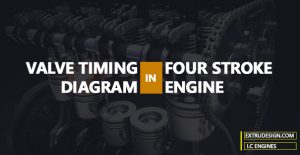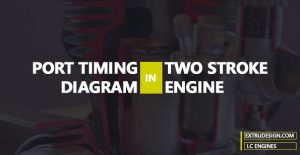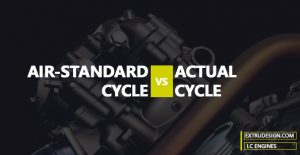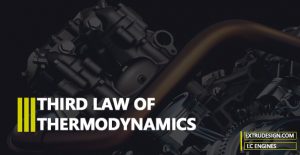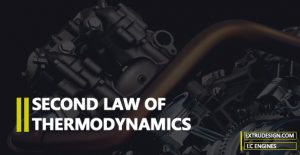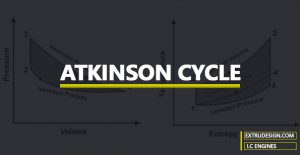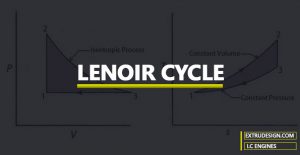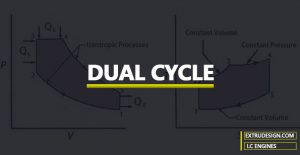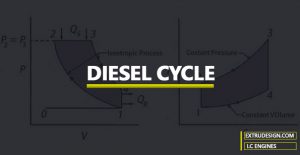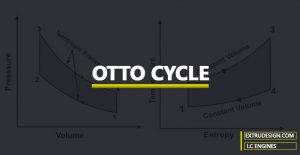Carter Carburetor is an automobile Carburetor used mostly in jeeps. In the previous article, we have discussed the other type of automobile Carburetor called Solex Carburetor. In this article, we are going to discuss the Carter Carburetor construction and the working principle. Carter Carburetor It was first founded by William Carter for the jeeps run […]
Solex Carburetor: construction and Working Principle
Solex Carburetor is one of the famous Carburetor for the ease of starting the engine and the best performance of the engine. Let’s discuss the construction and the working principle of the Solex Carburetor. Solex Carburetor Solex Carburetor is a downdraught Carburetor. This is used mostly in the automobile engines. As we already discussed the […]
What is the simple Carburetor working principle?
We have already discussed What is Carburetion in the previous article, in this article we are going to discuss the working principle of a simple Carburetor with a schematic diagram. Simple Carburetor The process of preparation of a combustible air-fuel mixture by mixing the proper amount of fuel with the air before it goes into […]
What is idling speed?
Have you heard the expression “Engine is idling”. If yes, you must be wondering what is that idling for an IC engine? Let’s discuss what is the idling for an engine or engine idling speed. Idling Speed The Idling of an engine is where the engine runs at no load and generates enough power to […]
What is Carburetion?
Spark-Ignition engines use volatile liquid fuels. We have to use an air-fuel mixture as the working fluid in these engines. A well-mixed fuel mixture will result in the greater performance of the engine. So this can not be done in the inlet manifold itself. So it has to be done outside the engine. Carburetion Definition […]
Rating of Fuels for SI Engines and CI Engines
In the previous article, we have discussed the important qualities of the Spark Ignition engine fuels and the Compression-Ignition Engine Fuels. In this article, we are going to discuss the Rating of fuels for both engine fuels. Rating of Fuels There are to important parameters that rate the engine fuels. Those are Octane number for […]
What are the Flash Point and Fire Point?
As we have discussed the important qualities of the Spark-Ignition Engine Fuels and Compression-Ignition Engine Fuels, The flash point and the fire point are the two important characteristics of the liquid fuels. Flash Point and Fire point For selecting the suitable fuel for the internal combustion engines, flash point and the fire points are the […]
Important Qualities of Compression-Ignition Engine Fuels
We have been discussing the working principles and Air-Standard cycles of different types of Internal combustion Engines in the previous articles. But in this article, we are going to discuss the significance of the Important qualities of the Compression-Ignition engine Fuels. Important Qualities of Compression-Ignition Engine Fuels In Compression-Ignition Engine, fuels should possess certain qualities to run the engines smoothly […]
Important Qualities of Spark-Ignition Engine Fuels
We have been discussing the working principles and Air-Standard cycles of different types of Internal combustion Engines in the previous articles. But in this article, we are going to discuss the significance of the Important qualities of the SI engine Fuels. Important Qualities of Spark-Ignition Engine Fuels In spark-Ignition Engine, fuels should possess certain qualities […]
What is Valve Timing diagram in Four-stroke Engines?
In the previous articles, we have discussed the Four stroke Diesel engine working principle. But now we are going to discuss the Valve opening and closing timings in the Four stroke engine by drawing a Valve Timing diagram. 4 stroke Diesel engine In Four-stroke engines, the Thermodynamic cycle will be completed in the two revolutions of the crankshaft. Four Stroke […]
What is Port Timing diagram in Two-stroke Engines?
In the previous articles, we have discussed the 2 stroke petrol engine working principle. But now we are going to discuss the port opening and closing timings in the 2 stroke engine by drawing a Port Timing diagram. Two-stroke Engines In two-stroke engines, the Thermodynamic cycle will be completed within the one revolution of the […]
Comparison of the Actual Cycles and the Air-standard Cycles
As we discussed the different Air-standard cycles in the previous articles, this article is a Comparison between the Actual Cycles and the Air-standard Cycles. What is the Actual cycle? The Actual cycle in the Thermodynamics is a cycle of operations experienced by the actual Internal combustion engine where the efficiency of this actual Internal combustion […]
What is the Third Law of Thermodynamics?
The third law of Thermodynamics is one of the laws from the three laws of thermodynamics. Where the first law states about the Quantity of energy. Which means the energy cannot be created nor it can be destroyed, It can be transferred from one form to another. This is the law of Law of Conservation […]
What is the Second Law of Thermodynamics?
The Second Law of Thermodynamics is one of the Thermodynamic laws from the three laws of thermodynamics. Where the first law states about the Quantity of energy. Which means the energy neither be created nor it can be destroyed. This is the Law of Conservation Energy. The second law of the thermodynamics, we are going […]
What is the Brayton cycle?
As we have already discussed the Diesel Cycle, This Brayton Cycle is the extension for the Diesel Cycle and the Gas turbines work based on this Brayton Cycle. Let’s discuss this in detail. Brayton cycle The Brayton Cycle is the Theoretical Cycle for the Gas Turbine. This cycle is a modification to the Diesel Cycle. […]
What is the Atkinson Cycle?
We have already discussed the Otto cycle in the previous article, This Atkinson Cycle is an extension cycle for the Otto cycle. Let’s discuss more on it. Atkinson Cycle In the Otto cycle, there are two Isentropic processes(Isentropic compression and the Isentropic Expansion), and two Constant volume Processes. The Isentropic Expansion of this Otto cycle […]
What is the Lenoir Cycle?
We have discussed the different air standard cycles in the previous articles, Lenoir Cycle is one of the idealized thermodynamic Air standard cycles which is used in the Pulse Jet Engines. Lenoir Cycle Lenoir Cycle consists of a constant volume heat addition, Isentropic expansion, and the constant pressure heat rejection processes. There is no compression […]
What is Dual Cycle in Thermodynamics?
Dual cycle in thermodynamics is a mixed cycle from the Otto cycle and the diesel cycle. We have already discussed these cycles with the P-V and T-S diagrams in the previous articles. In this article, we are going to discuss the Dual cycle with the P-V diagram and the T-S diagram. Dual Cycle The Otto […]
What is Diesel Cycle?
In the previous article, we have discussed the Otto cycle, The Otto cycle is an idealized cycle for the spark-ignition engine whereas the Diesel cycle is the idealized cycle for the Compression Ignition Engines. In the Ideal cycle, the heat addition process needs no special device such as the ignition system. Let’s discuss the diesel Cycle […]
What is Otto Cycle?
In the previous article, we have discussed the Carnot cycle, the Stirling cycle and the Ericsson Cycle. The main disadvantage of the Carnot cycle is low mean effective pressure due to impracticable high pressure and the volume ratios. Nicolaus Otto proposed a constant volume heat addition cycle called the Otto cycle. Now we are going to discuss […]
- « Previous Page
- 1
- …
- 16
- 17
- 18
- 19
- 20
- …
- 27
- Next Page »
